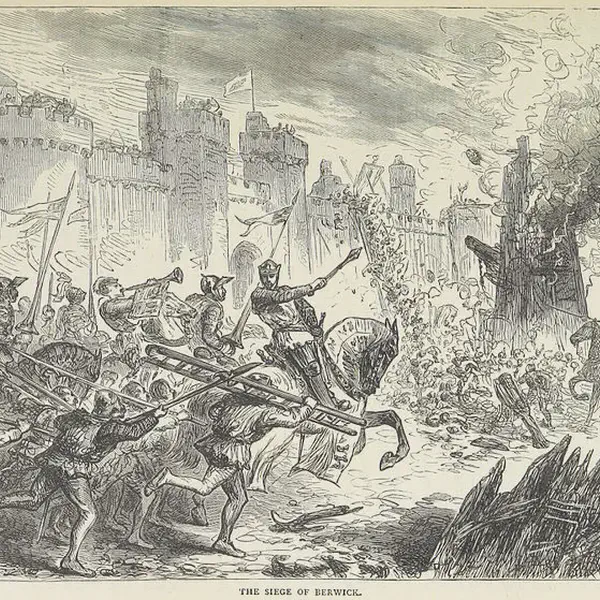
King Robert the Bruce Captured Berwick on Tweed
March 28, 1318
The siege of Berwick was an event in the First War of Scottish Independence which took place in April 1318. Sir James Douglas, Lord of Douglas took the town and castle of Berwick-upon-Tweed from the English, who had controlled the town since 1296.
Following the decisive Scots victory at the Battle of Bannockburn in 1314, the Scots had recovered all their strongholds, with the exception of Berwick. In September 1317, King Robert Bruce attempted a siege of Berwick, which lasted until November before he withdrew.
Berwick Castle - Berwick-Upon-Tweed, Northumberland
Berwicks strategic position on the English-Scottish border during centuries of war between the two nations and its relatively great wealth led to a succession of raids, sieges and take-overs.
Between 1147 and 1482 the town changed hands between England and Scotland more than 13 times, and was the location of a number of momentous events in the English-Scottish border wars.
In the 13th century Berwick was one of the most wealthy trading ports in Scotland, providing an annual customs value of £ 2,190, equivalent to a quarter of all customs revenues received north of the border. A contemporary description of the town asserted that so populous and of such commercial importance that it might rightly be called another Alexandria, whose riches were the sea and the water its walls
Berwick-Upon-Tweed was captured by the Scottish; Berwick Castle was also taken after a three-month siege. The English retook Berwick some time shortly after the Battle of Halidon Hill in 1333.